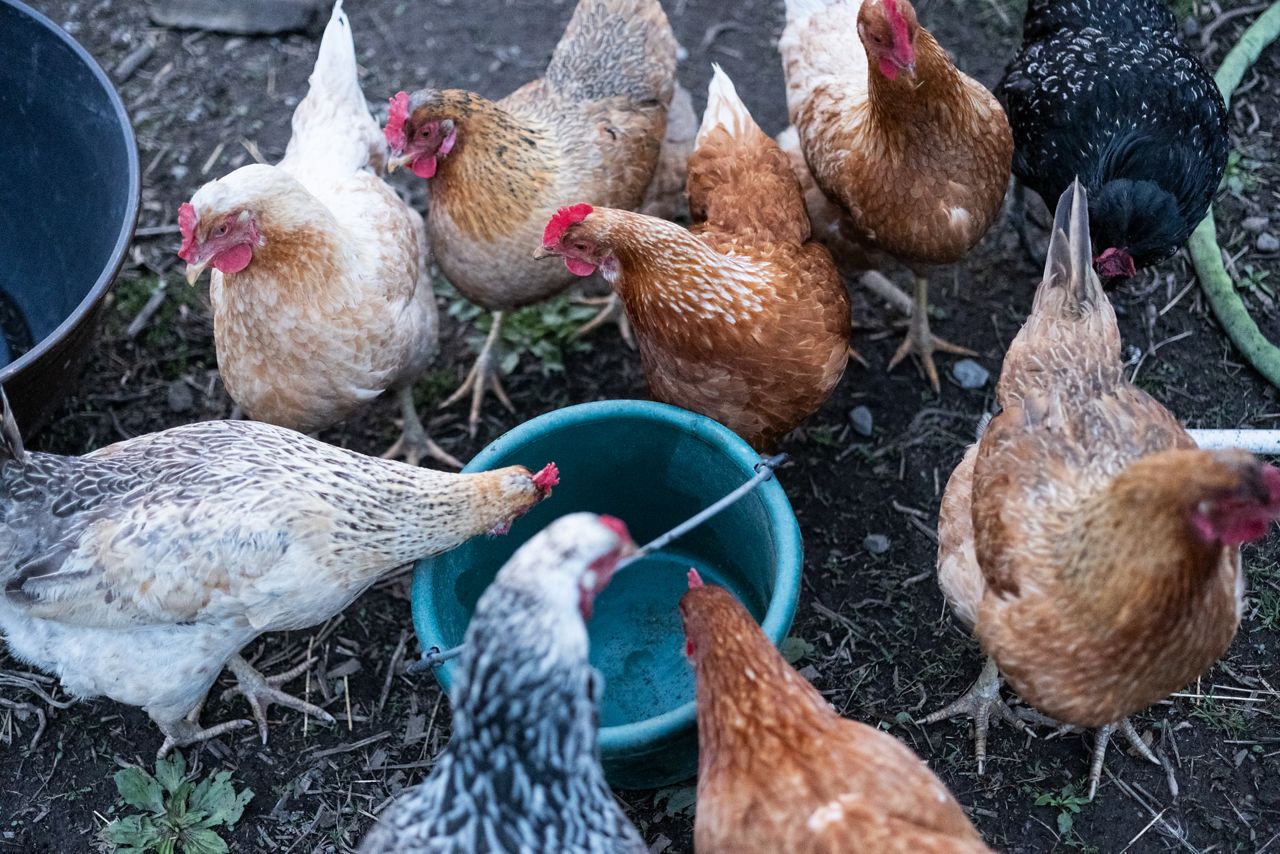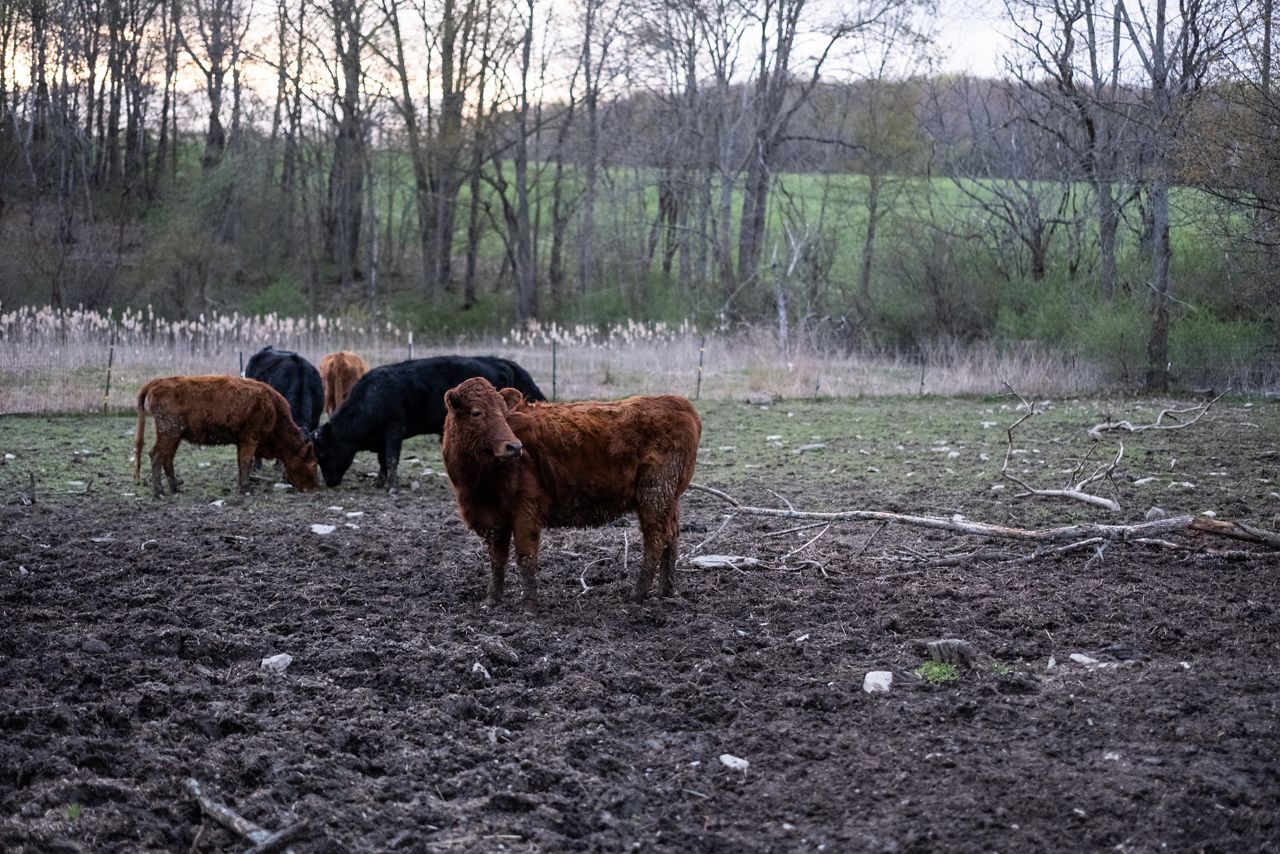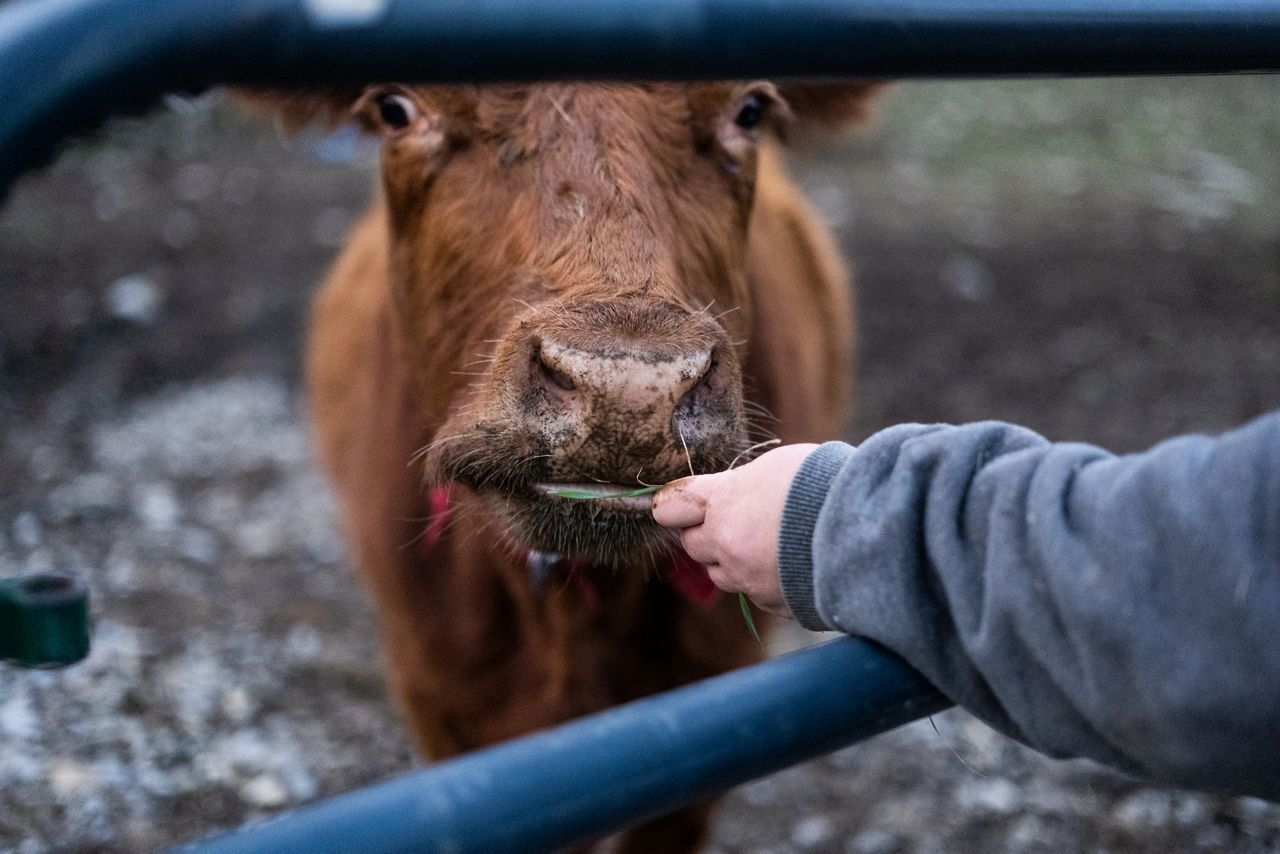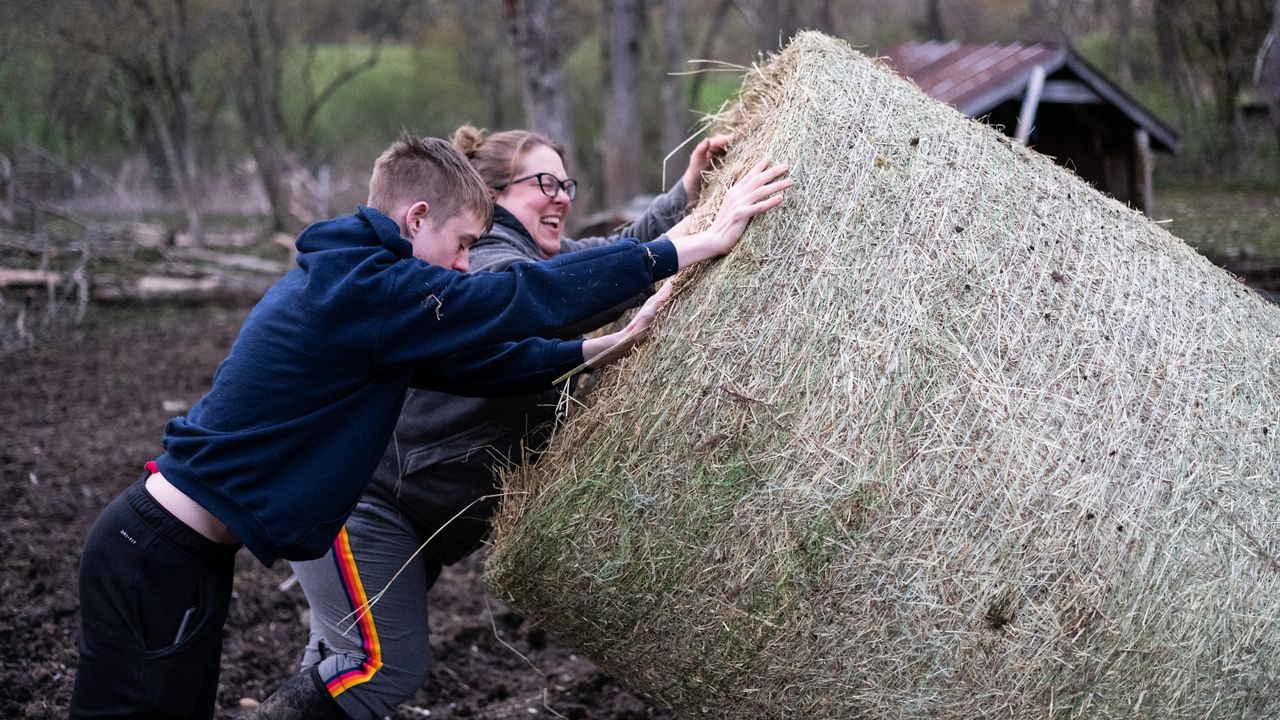Technology and increased efficiency have boosted the economic output of farms in New York, data shows, but leaning into technology could force farmers to move away from growing some Empire State staples and put others in a bind.
Data from a 2023 study titled “Feeding the Economy” shows the total economic output for all food-related industries in New York state in 2022 increased by 23%, with agriculture accounting for $7.5 billion of $420 billion in combined output.
“The big takeaway for the nation is the resurgence of agriculture-related businesses, and growth occurred in this year’s report in every state,” said John Bode, president and CEO of the Corn Refiners Association and an organizer of the data in the study.

Data collected from each of the past six years featured in the study indicate some long-term trends that show how agriculture-related industries are evolving as the country continues to see a loss of agricultural lands -- down 28% since 1948, Bode said.
“But an increase in agricultural productivity and an increase in labor productivity and that’s because we’re using technology in a smarter way,” he said.
Feeding the Economy was funded by agriculture trade organizations such as the American Farm Bureau Federation, The Food Industry Association and others to assess how agriculture impacts the economy.

Steve Ammerman, a spokesperson for the New York Farm Bureau, said some farms are looking for ways to improve efficiency to increase output, and others might change what they grow.
“They’re able to produce more food using fewer resources, which has a positive impact on our environment.” Ammerman said. “They’re looking for technology to replace labor. In some instances, as we’ve seen labor costs go up, farms are looking to see what kind of technology is available.”
Technology helps improve efficiency, but Ammerman said it’s easier for large farms to cover the cost than small farms.
“If a farm is larger, they can spread the costs around or find other ways to save that a smaller farm may not be able to,” he said.
Creative partnerships
Bryn Carr, owner of Wensleydale Cottage Farm in Homer, raises beef, pork, eggs, turkeys, produce and maple syrup. She considers herself a small farmer and has needed to be creative in her approach to increasing revenue without having to purchase expensive new technology.
“The first thing is leveraging technology that was bought BROUGHT? through partnerships,” Carr said.
She said when they started tapping maple trees, she was doing it by hand for 75 trees, but a neighbor said his family, also a maple producer, had equipment she could borrow.

“He’s got all this incredible equipment like a reverse osmosis machine and all of the latest cutting-edge technology to make it worth it,” Carr said. “So rather than try and persist in doing it ourselves badly, we partnered with him and now we’ve got 1,200 trees tapped here now.”
Another partnership through Cornell Cooperative Extension increases Carr’s ability to sell online as part of a database of local farms and their products.
The other strategy she has taken for their farm is finding gaps in the market that aren’t filled by larger farms.
“People who are looking for leaner, really high-end meats we can really fill that niche even though we don’t have the technology. We adapt to be able to fill that need,” she said.

Factoring in costs
High costs in labor have moved some New York farmers to produce less labor-intensive products like corn and soybeans rather than apples and dairy products, Ammerman said.
“If farms are continually not able to make ends meet when it comes to some of those other commodities, and it's cheaper and easier to grow corn and soybeans, that's going to change our local food availability, it's going to change the overall landscape of our farms,” he said.
Ammerman says the increase in minimum wage and farmworker overtime threshold are two factors that have impacted New York farms.
“It's really important to highlight that family farms are small businesses, they have to be able to make ends meet to continue supporting their own families, paying their employees and producing food,” Ammerman said.
Strengthening the agriculture system will in turn improve the food system in New York, Ammerman said.
“We really need to work with our lawmakers at the local state and federal levels to find pathways forward to where we invest in agriculture, and really create a business climate in the state that will support the future of local food production and support our economy,” he said.



